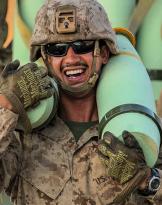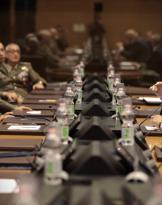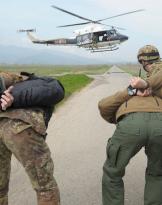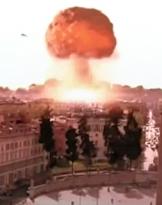While the controversy that arose in the international community following the decision recently adopted by the US government to send, among the various armaments, also the infamous cluster bombs the Ukrainian forces engaged in the war against the Russian Federation received news in recent days that the US Department of Defense has updated its manual on the law of war, used by the Stars and Stripes military.
Much attention than in the new version, as reported by the official press release1, would seem placed in the precautions to be reserved, during war operations, above all for the protection of the civilian population, although it is important to point out that “the update states that the law of war does not prevent commanders and other personnel from making decisions and acting at the appropriate speed, even in high-intensity conflicts, based on their good faith assessments of the information available at that time".
A statement which, for insiders, could be taken for granted but which, evidently, is aimed at justifying in advance, in the eyes of the media, any conduct which, at least apparently, could be considered risky or even counter legem.
On cluster bombs...
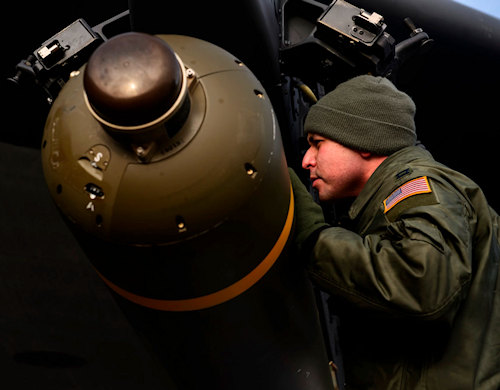 About the aforementioned cluster bombs, in Chapter VI, paragraph 13, entitled “Cluster Munitions”, it is reiterated, on the one hand, that the current weapons thus defined have a "non-explosion" rate, as regards the related sub-munitions, of less than 1%2 and which, therefore, can be considered sufficiently safe also for the civilian population (as already highlighted on these pages3), the problem is that sometimes, indeed "often", they do not detonate immediately4; on the other, that ban on their use (and not only), established by the international community, and enshrined in the Oslo Convention of 2008 (to which the USA, as also underlined in the Manual in comment, they did not join), in addition to not constituting, according to the stars and stripes interpretation, a rule of customary international humanitarian law5 (if this were the case, in fact, it would be binding on all States, regardless of whether or not they adhered to any treaties or conventions), is substantially at odds with the defense of theAmerican national interest.
About the aforementioned cluster bombs, in Chapter VI, paragraph 13, entitled “Cluster Munitions”, it is reiterated, on the one hand, that the current weapons thus defined have a "non-explosion" rate, as regards the related sub-munitions, of less than 1%2 and which, therefore, can be considered sufficiently safe also for the civilian population (as already highlighted on these pages3), the problem is that sometimes, indeed "often", they do not detonate immediately4; on the other, that ban on their use (and not only), established by the international community, and enshrined in the Oslo Convention of 2008 (to which the USA, as also underlined in the Manual in comment, they did not join), in addition to not constituting, according to the stars and stripes interpretation, a rule of customary international humanitarian law5 (if this were the case, in fact, it would be binding on all States, regardless of whether or not they adhered to any treaties or conventions), is substantially at odds with the defense of theAmerican national interest.
The national interest, already: a concept, generally speaking - of course - sometimes abused, other times forgotten, other times still passed on, by the strongest, as the most just one for an entire community, in spite, however, than that of others who, in any case, are part of the aforementioned (community), even bending the right to interpretations of convenience and circumstance. And which, in our country, often appears to be even unknown. Unfortunately.
1https://www.defense.gov/News/Releases/Release/Article/3477385/defense-department-updates-its-law-of-war-manual/
2 "Under a 2008 policy, the US armed forces will, after 2018, only employ cluster munitions containing submunitions that, after arming, do not result in more than 1% unexploded ordnance (UXO) across the range of intended operational environments” (page 413 of the Manual).
3https://www.difesaonline.it/evidenza/diritto-militare/dalle-bombe-grappo...
4 As denounced by various international bodies, including the International Committee of the Red Cross, according to which even 40% of them cluster bombs, released in some recent conflicts, would not have exploded, constituting, as one can well imagine, a danger, on a par with real mines, even in a moment very far from their dispersion, for the civilian population, with all the consequences of case, including, (in primis), indiscriminate killings of people and/or mutilations
5 "The United States is not a Party to the Convention on Cluster Munitions. 349 The United States has determined that its national security interests cannot be fully ensured consistent with the terms of the Convention on Cluster Munitions. The United States has expressed the view that the Convention on Cluster Munitions does not represent an emerging norm or reflect customary international law that would prohibit the use of cluster munitions in armed conflict” (page 414 of the Manual).
Photo: US Air Force



